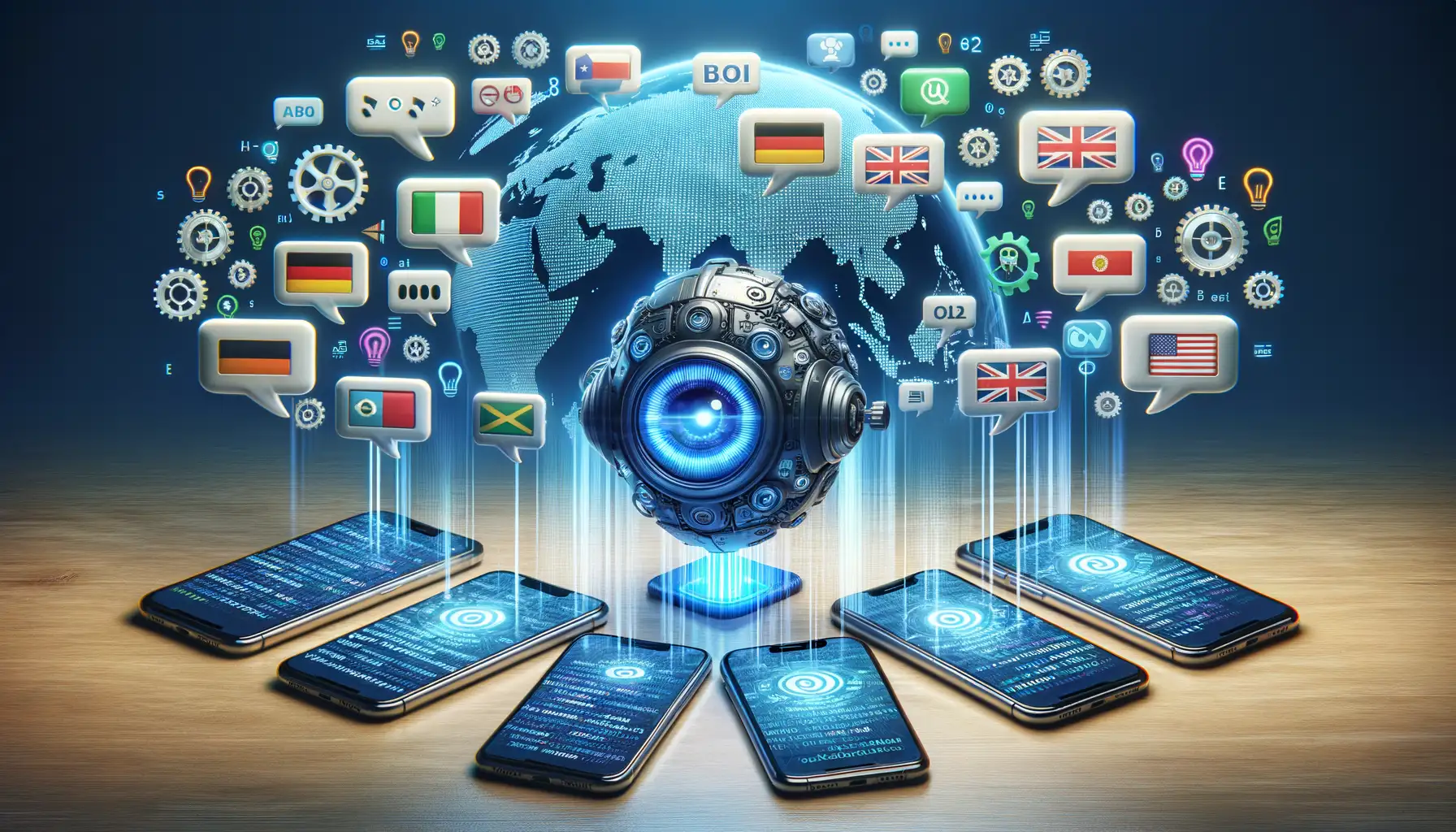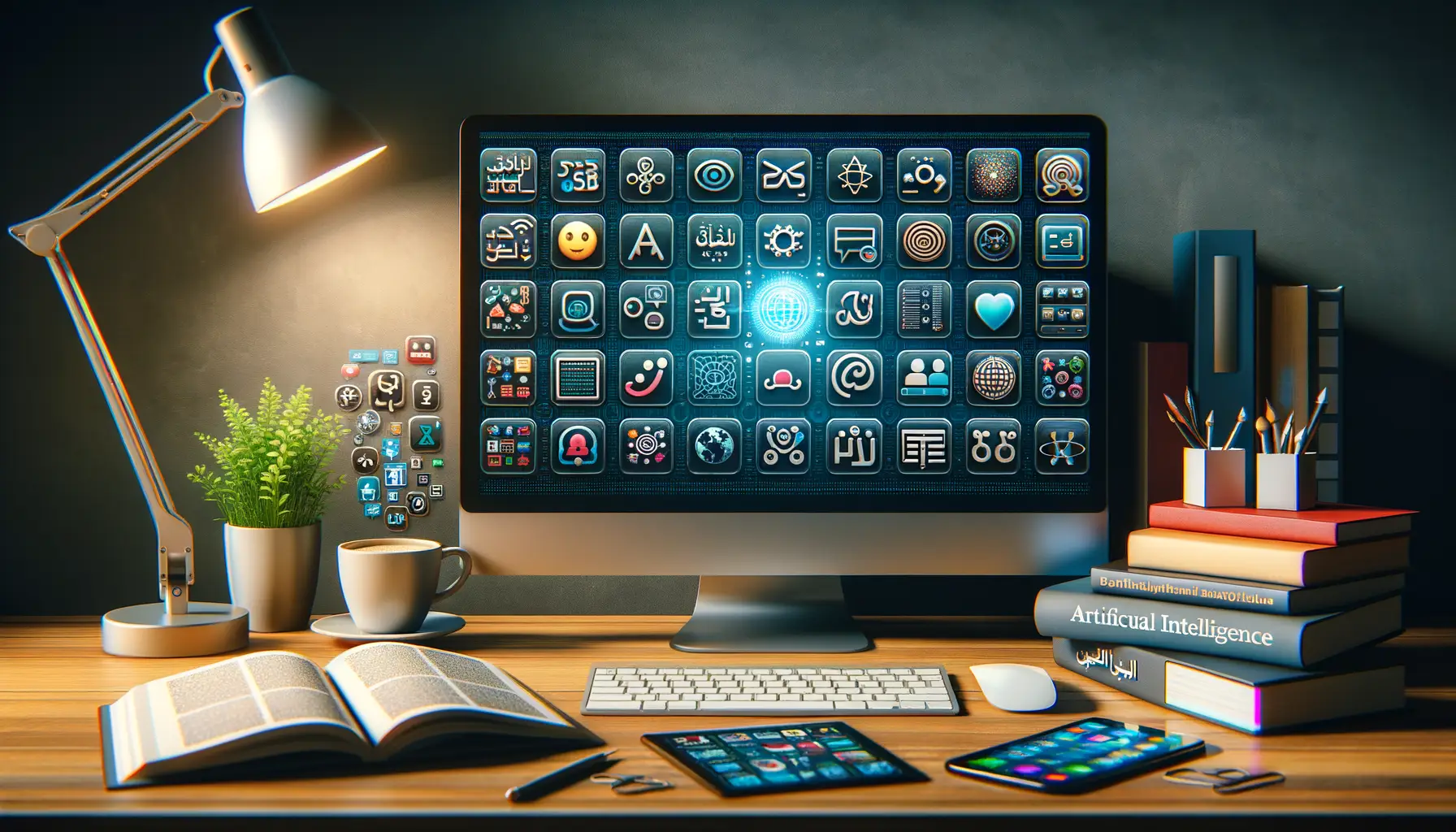Importance of AI-Driven Translations in Global App Markets
Breaking Language Barriers: Why AI Translations Are Game-Changers
Imagine launching your app into a new market, only to discover the beautifully crafted description you’ve written translates into gibberish—or worse, something offensive. Yikes! That’s where AI swoops in like a superhero with a multilingual cape. In today’s globalized app economy, offering seamless, accurate translations isn’t just nice-to-have; it’s non-negotiable.
Now, here’s the kicker: relying on old-school human translation? That’s clunky, slow, and wildly expensive. Enter *AI-driven translations*. With tools like Neural Machine Translation (NMT) and contextual learning algorithms, AI doesn’t just swap words—it understands nuance. It knows when “cool” means temperature and when it means trendy. And trust me, that makes all the difference.
- Localization becomes lightning-fast, taking your app from English to Mandarin in record time.
- User interfaces adapt dynamically, catering to cultural sensitivity with zero awkward phrases.
- Global reach? Check. More downloads? Double check.
This isn’t just about words—it’s about connecting cultures. Your app feels native wherever it lands, whether that’s Tokyo or São Paulo. Just think: what’s the value of one extra-star rating on the App Store in 20 different languages? Priceless.
Key Benefits of Integrating AI Translation Tools for Apps

Break Language Barriers Effortlessly
Imagine opening your app to the world, where every user – whether in bustling Tokyo, cozy cafés in Paris, or vibrant streets of São Paulo – feels like it was made *just for them*. That’s the magic of integrating AI translation tools. These aren’t just robotic word-switchers; they’re sophisticated systems that understand cultural nuances, idioms, and even slang.
By implementing AI-driven translations, you can:
- Accelerate global reach: Launch your app in dozens of markets simultaneously without hiring armies of translators.
- Enhance user experience: Users stay longer when the text feels native—because nobody likes clunky, awkward phrasing.
- Save resources: Cut down the manual labor costs while keeping accuracy and quality high.
Dynamic Updates Mean Long-Term Efficiency
Manual translations age quickly as language evolves. With AI, your app grows smarter. Imagine a fitness app that seamlessly updates workout instructions in Russian or Hindi the moment new features are rolled out in English. The flexibility of machine learning algorithms keeps your content fresh, relevant, and engaging no matter where users download it.
The best part? These systems scale with you. Whether serving 1,000 or 10 million users, AI fits every need like a glove.
Challenges and Solutions in Implementing AI-Powered Translations

Why AI Translations Face Roadblocks
Picture this: you release an app globally, envisioning users in Japan, Brazil, and France loving your creation. But then the feedback rolls in—your “AI-powered translation” turned “Save” into “Rescue” in German, baffling users. The issue? Context. Even today’s smartest systems can fail to grasp subtle cultural nuances or idioms.
Another hurdle is **data dependency**. AI thrives on training data, but what if your language pair (say, Swahili to Thai) doesn’t have enough examples? That’s like asking a chef to whip up a feast with just salt and water. AI may try but won’t deliver anything gourmet.
And we can’t ignore tech infrastructure. Some businesses operate on older platforms that struggle to integrate cutting-edge translation APIs. It’s a bit like trying to install a high-tech GPS in a vintage car—it’ll take serious tinkering.
- Cultural misinterpretations: Misunderstanding humor, slang, or tone.
- Data scarcity: Rare languages lack robust AI training models.
- Lack of seamless integration: Compatibility issues with legacy systems.
How You Can Overcome These Obstacles
Here’s where clever solutions swoop in. First, always prioritize **human-in-the-loop systems**. Machines handle the bulk work, generating translations, while skilled linguists fine-tune tricky spots. It’s teamwork at its finest!
For small languages, consider partnering with local communities to crowdsource training data. Yes, it’s slower than feeding a model thousands of English phrases, but it’s a key to unlocking untapped markets.
Finally, lean on modular AI tools. Platforms like Amazon Translate offer flexible APIs that slot neatly into most apps. Need something bespoke? Custom AI-trained engines can bridge gaps between modern innovation and older systems.
Top AI Tools and Platforms for Multilingual App Development

Innovative Solutions to Power Multilingual App Development
Building an app that speaks your users’ language—literally—can feel like trying to teach a goldfish how to climb a tree. Enter the game-changers: AI-powered tools and platforms that make multilingual app development as smooth as spreading butter on warm toast. But which ones should land on your radar? Let’s dive in.
- DeepL API: If translation quality was a race, DeepL would be speeding past the competition. With its uncanny ability to capture nuanced phrasing, this tool ensures your app doesn’t just translate—it resonates.
- Google Cloud Translation: Flexible, fast, and reliable, Google’s offering is a powerhouse for apps targeting multiple languages. Its integration features keep things straightforward while covering over 100 languages.
- Amazon Translate: From real-time chat translations to content localization, it’s tailored for apps that demand both scalability and accuracy.
The Hidden Gems You Shouldn’t Ignore
For those who love a wildcard, there’s Microsoft Translator, which combines AI smarts with deep context understanding. And let’s not overlook Lokalise, a localization management platform that’s built to simplify teamwork across developers and translators. These tools act like your backstage crew, ensuring every word in your app hits center stage perfectly.
The best part? Many of these platforms offer APIs so seamless, they’re practically invisible. Just plug them into your workflow, and voilà—your app is ready to chat with the world!
Future Trends in AI-Driven Language Solutions for Apps

The Next Evolution of Language Solutions
Picture this: your app seamlessly communicates in over 50 languages, not just with accuracy, but with cultural finesse that makes users feel like it was built just for them. That’s not sci-fi—it’s the potential of future AI-driven language solutions.
In the coming years, AI translations will break free from “just good enough” to something truly extraordinary. Imagine neural networks that know your brand’s tone so well they could write a love letter in your style—or customer service replies dripping with empathy. Thanks to advancements in context-aware AI, apps will move beyond direct word-for-word translations and into the realm of emotionally and culturally resonant communication.
- Real-time conversations: AI-powered language tools are getting faster—soon you’ll hold live, multi-language video calls with zero lag in translation.
- Hyper-localization: Whether it’s slang, regional idioms, or traditional sayings, emerging AI models promise unparalleled subtlety for different audiences.
Personalized Interactions at Scale
One of the most exciting trends? AI is learning you. Picture an app experience tailored not only to geography but also to unique user preferences. For example, if someone prefers formal language, the app adjusts; if they love emoji-filled casual chats, it adapts.
AI is also diving into cross-platform consistency. So, whether your users interact through mobile, web, or smart devices, they’ll get the same flawlessly consistent translations across every touchpoint. Welcome to an era where language barriers become, quite literally, yesterday’s problem.
